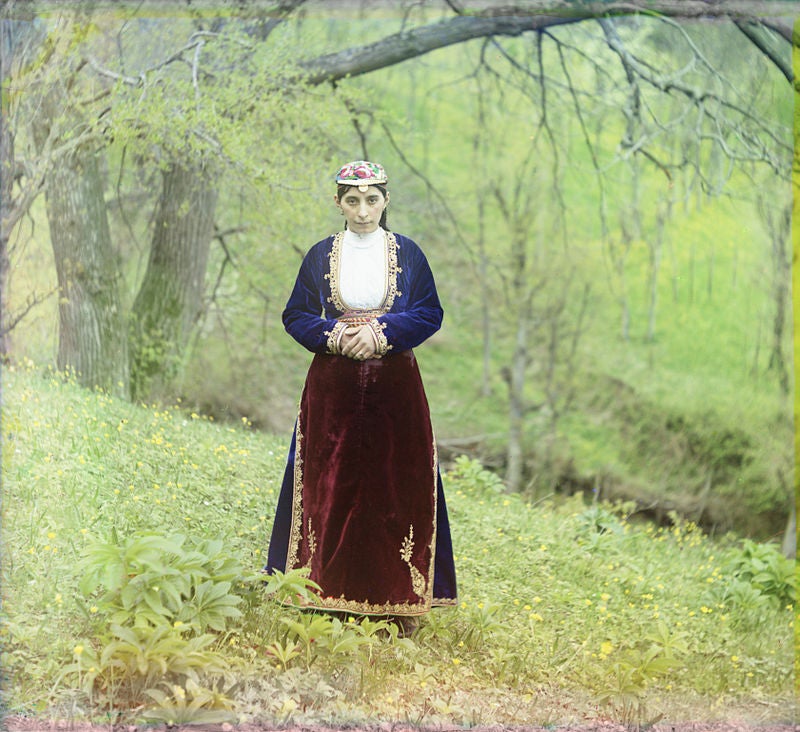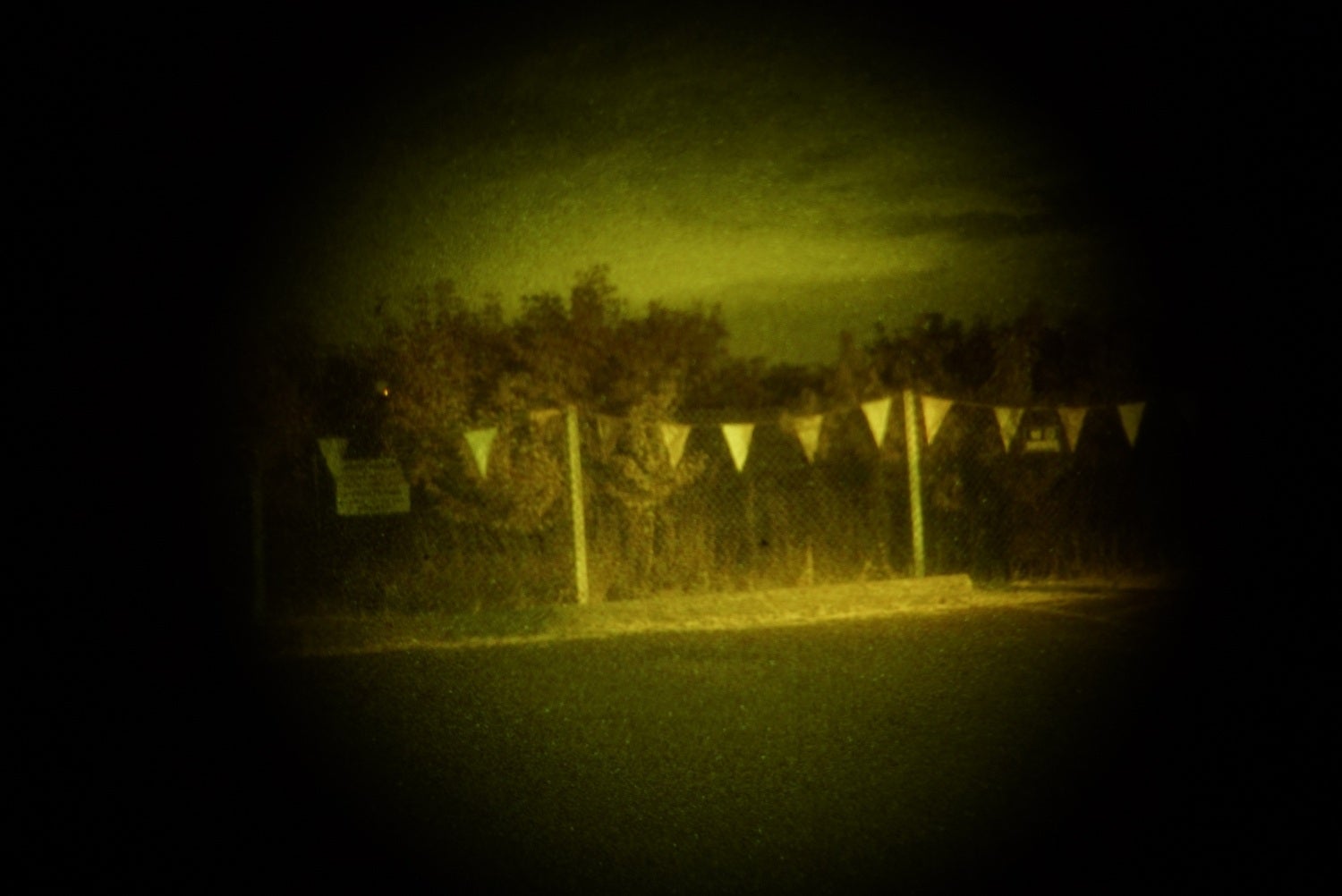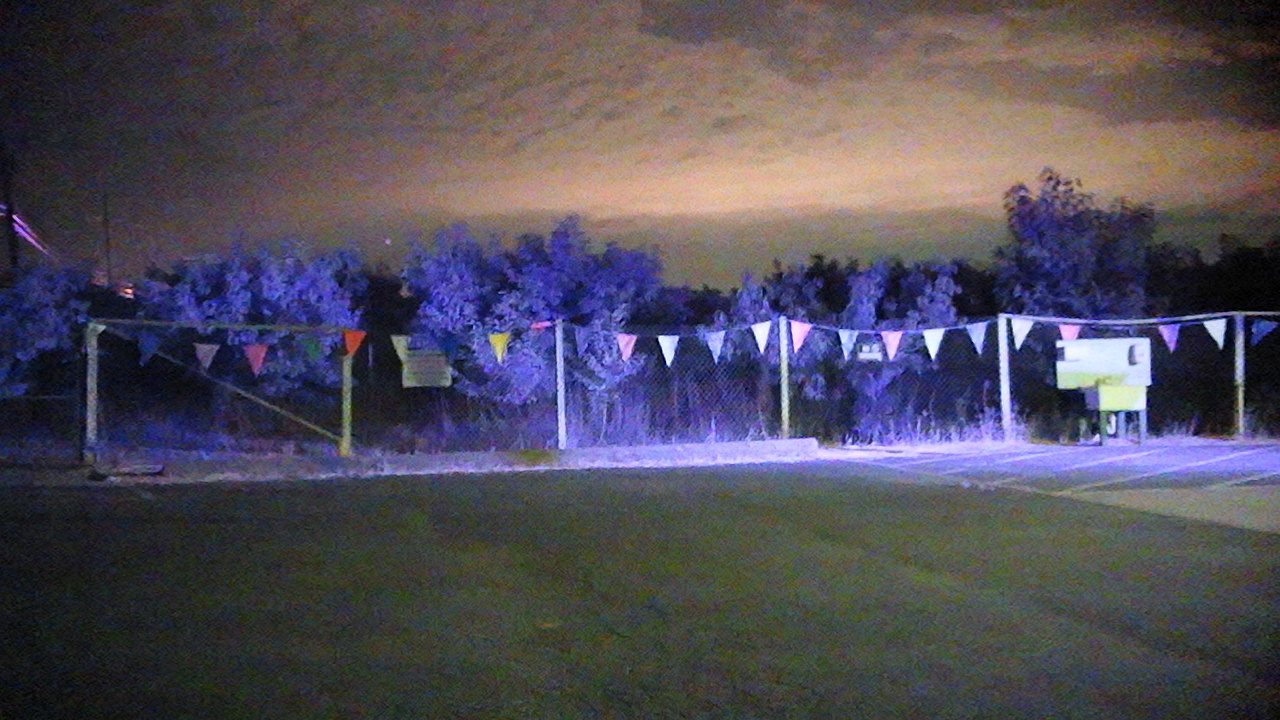Early last year we came across Chromatra’s ColorTac CVA-14 at SHOT Show. The technology was intriguing. Color analog night vision seems like a myth. But The ColorTac CVA-14 can add color to regular analog night vision. Let’s take a closer look to see what sorcery is added to those magic goggles called night vision.
Color Night Vision Technology

The ColorTac seems to take advantage of how humans see color. As you can see in the diagram above, there are two color wheels that spin to filter colors coming into the PVS-14 and then back out into your eye. The trick is how we see color. While looking for an example of converting black photography to color, I found this article. There was a series of black and white images that were colorized but using a gimmick that takes advantage of how we interpret color. According to the Science Alert article:
“An over-saturated coloured grid overlaid on a grayscale image causes the grayscale cells to be perceived as having colour,”
Our eyes condense visual cues and average them out. Take a look at the picture below. Look at it directly. It is black and white but subtle hints of color grids give suggestions of color which your eyes and brain average out and make you think you see a color image. Now take a look above or around the photo below. Using your peripheral vision look at the photo again. Now it really looks like color. That woman’s blue shirt really stands out.

While the ColorTac doesn’t lay grids of color it is tricking your brain by using rotating red filters. The spinning color wheels take advantage of an exploit in our eyes. It is how motion picture works. At a given speed, our eyes and brain cannot discern a series of images as distinct images. Instead, you start to see motion. In the case of the ColorTac, the spinning color wheel moves so fast that rather than seeing red and green images, it averages them out and gives you a near-color image.
This technology is more akin to colorizing black and white photography which was proposed in 1855 by James Clark Maxwell and popularized by Russian photographer Sergey Prokudin-Gorsky. His three-color photography generated color images out of black and white images.
Here are some samples of Sergey’s three color photography. These were shot over 100 years ago.




You can think of a PVS-14 or any other similar night vision device that uses image intensifier tubes as a camera/projector. Light enters the front and is then projected out the rear eyepiece. So if you filter the light going in and coming back out you might be able to colorize analog night vision.
CVA-14: A PVS-14 Accessory
It is widely accepted that the PVS-14 is like the Glock 17 of the night vision world. There are millions of them and lots of aftermarket support and accessories for them. The ColorTac CVA-14 is a clip-on style accessory for the PVS-14. We already saw another clip-on accessory, the AN/PAS-29 COTI.

The CVA-14 collapses in on itself for storage purposes. Just pull the two ends apart and the folding bridge locks open.


The CVA-14 is powered by 2xAA batteries. One in each filter housing.

The front filter housing has a textured wheel that grabs onto the PVS-14 objective lens. Just below this is a selector lever that rotates a Color enhancer into the view of the objective lens. I have not noticed a huge benefit with the color enhancer. In fact, it looks like it might be a polarized filter as I noticed it reduced some reflections in glass.

Below you can see the color filter in between colors. One half is clear while the other half is red. This is what generates colors.

Here is the CVA-14 installed on a PVS-14.



At the rear of the ColorTac is an eyecup retaining ring. Rather than using an eyecup, I was able to fit an LPMR recording device.

The LPMR is a POV recording device that clips onto the eyecup retaining ring of traditional night vision devices. So you can record what your night vision device sees. Your own POV is obscured ever so slightly but since it is so close to your eye, you do not really see it.
As you can see in the photo above and below, the ColorTac can be used on other night vision devices as long as they have a similar objective lens and eyepiece like the PVS-14.

My Envis M703E monocular fits inside the ColorTac
On a more ridiculous side, you can attach the ColorTac to dual tube night vision like this DTNVG sporting both the ColorTac and COTI. 



The ColorTac is big. Here is what it looks like in the hand.


Does the ColorTac CVA-14 Really Work?
Here comes to the meat of the device. Does it work? Sort of but not really. The device is plagued by low light issues. I am sure you are asking yourself “But wait Nick! This is night vision!!” Yes, night vision allows us to see at night. However, due to the color analog night vision technology of the ColorTac, specifically the spinning color wheels, it reduces the light entering the PVS-14 causing the night vision device to have more noise in the image.
Here are some test shots I did in my garage looking at a giant bag of dog food. The bag is supposed to be yellow with blue and red on it.

Pedigree bag as seen through white phosphor night vision

White phosphor tends to look pinkish due to the red color wheel of the ColorTac. But it certainly made the red pop out of the side of the bag.
I feel the ColorTac was made for use with green phosphor. The results seem to work better when using the ColorTac and green night vision.

Notice the amount of noise and scintillation in the image below? That is what happens when night vision is used in very low light areas. The red filter wheel is reducing the light so much that you see more noise as a side effect.

Here are some better examples but I cheated. I used a low lumen flashlight to provide a little more ambient light and got better results with less noise.

You can see the red bin and the pink helmet. I notice red colors show up in the ColorTac the best.

I tried to see if the ColorTac could see the American flag. It sort of does. The red stripes do show up but the field of blue is not that prominent.


The red car shows up red in the ColorTac.




This ReFactor Tactical target has five colors.


White phosphor colorized by ColorTac

Green phosphor colorized by ColorTac
Reshot using a Sony A7S.



The ColorTac color analog night vision images look like old timey desaturated polaroids or homemade 16mm films.
Here are the same colored flags using the Sony A7S. This was not a long exposure shot but a half-second exposure. The sensitivity to light on the Sony A7S is remarkable.

But Sony is a bit expensive. Let’s take a look at what budget digital night vision can do. I used my SiOnyx Aurora to capture similar images.
Night mode engaged on the Aurora. There is an incandescent white light on the building that produces IR light. That is why the plants look purple.

Same image but on the twilight setting. IR filter is being used to block IR light. You can see there is less light and the picture is grainier.

From across the street, you can easily see Old Glory’s colors.

Twilight mode

Night mode
ColorTac CVA-14 Lacks Luster
I wanted the ColorTac to be this mind-bending technology that could allow us to see color with analog night vision. Sure it sort of works but when you compare it to the SiOnyx Aurora or even the Sony A7S the ColorTac looks obsolete. Add to the fact that retail for the ColorTac is extremely high. TNVC sells it for $2,695. You can get a Sony A7S MKII or a bunch of Auroras for that much money. Thankfully I did not pay nearly that much. I got it second hand from Core Vision Industries for only $450. And even at that price, it seems like I paid too much for the lack of performance. Although the unit is certainly of the upmost quality in terms of design and construction so from a value standpoint it is not a cheaply made product. Other than the sub-par color night vision image, the ColorTac CVA-14 is a quality item.
I was disappointed in the image I was getting out of my white phosphor tubes. I wonder if Chromatra redesigned the ColorTac with three colors like the Three Color Photography by Sergey would the ColorTac produce better color imagery?
The ColorTac seems to need a healthy amount of ambient light to work well and it still cannot keep up with the Aurora or Sony A7S. I like the ColorTac as an interesting accessory in the history of analog night vision even though it is bulky and obsolete. If you are interested to know more about the ColorTac CVA-14 then go to their website.
 Your Privacy Choices
Your Privacy Choices
